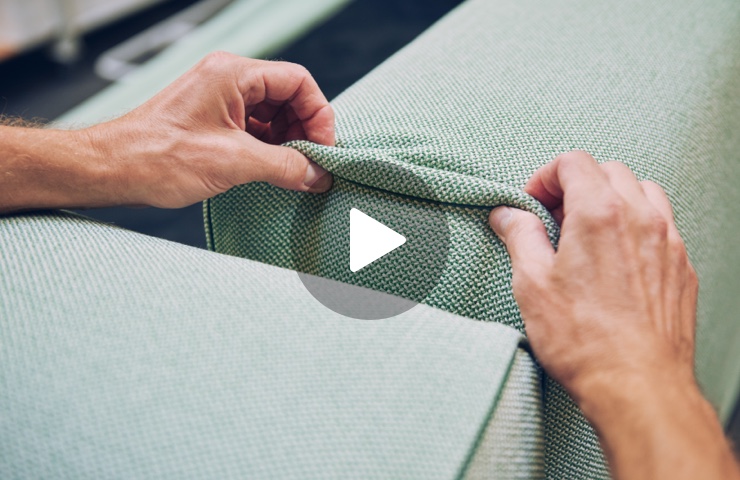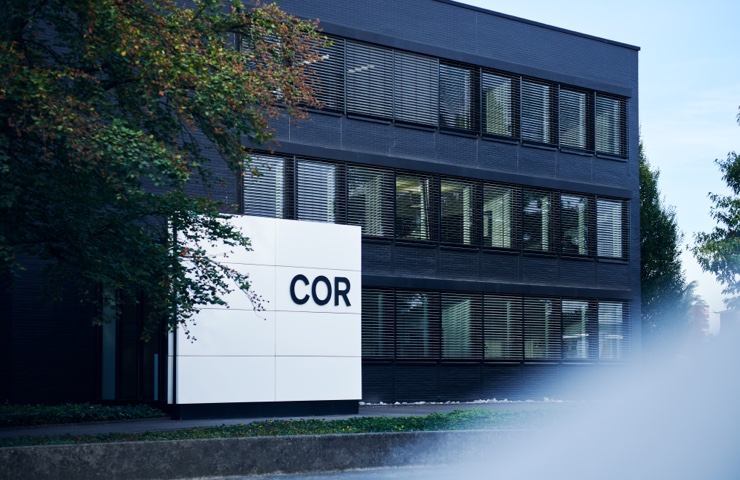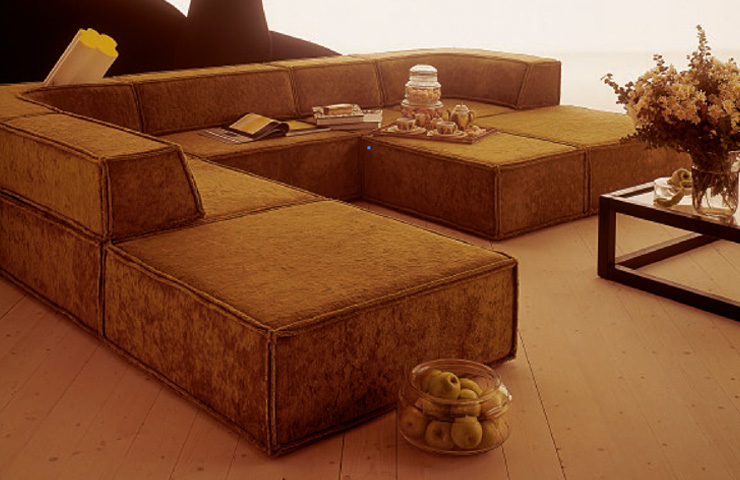The stuff that
trees are made of
Even though it may not be immediately apparent, special wood goes into making COR upholstered furniture. But where does it come from? And how does it find its way into a Conseta, for example? Let us trace the path of Westphalian wood.
When it bore leaves for the first time, Germany was still ruled by an Emperor. When its crown rose 20 metres into the sky above Hamelin’s municipal forest, the Weimar Republic was just coming to an end. And it was 35 metres high when the inner German border ceased to exist about 150 kilometres further to the east.
Beech wood is a stable, local, durable wood and therefore very much in demand in furniture manufacturing. For example, four beech boards form the stable base of every “Conseta” and the arm- and backrests of the COR classic also contain solid beech. The joiners at COR work with a total of 1,000 solid cubic metres of this renewable raw material every year – that’s about 50 fully loaded articulated trucks, which arrive at the factory site in Rheda-Wiedenbrück year after year.
Every year, Ottmar Heise, head of Hamelin’s municipal forestry office, sprays red marks on to those fully mature trees that his staff may harvest. Clear-cutting is unthinkable in Hamelin’s municipal forest – only the amount of timber that grows back is felled. “We were already sustainable,” Heise comments, “when people outside forestry had never even heard the word before.”
A few kilometres away at the LMH sawmill in Hamelin, which has been supplying Westphalian furniture makers with round and sawn timber since 1837, the beech is barked, sawn into planks and pre-dried in the open air for several months. Finally, practically all the remaining moisture is removed over a period of four weeks in a drying chamber at 50 °C. The wood is now “calm”, as the specialists say: ready for transportation and processing.
For COR , only a certain proportion of the harvest is even considered, namely wood which is free of splits and rot spots and has very few knotholes. Because COR furniture – contrary to customary practice in the industry – is not tensioned on the underside, the quality and finishing of the material are an open secret for every customer. Anyone wanting confirmation of the kind of beech used in their Conseta simply has to take a brief peek underneath.







